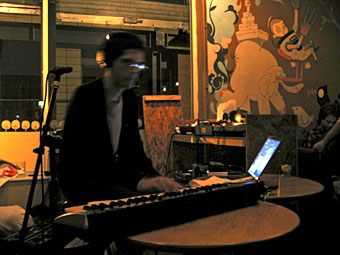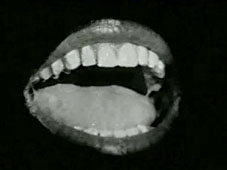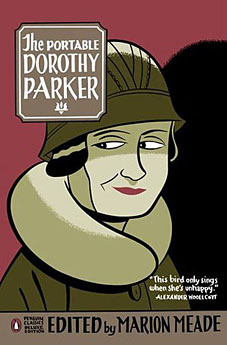
Of all the releases I’ve heard so far from the excellent Type record label (who are now based in Manchester), my favourites have been Seawards by Sickoakes and Eingya by Helios. So it was a pleasure this evening to see Helios perform in a tiny and rather crowded bar, even if the enjoyment was compromised by a portion of the clientele who seemed to regard live music as a novel backing for their own chatter. Naomi Kashiwagi gave support with a presentation of her unique DJ set which involves playing antique 78s on equally antique wind-up gramophones.

Keith Kenniff (above) aka Helios (he also performs as Goldmund and Sono) was accompanied by his younger brother with both playing guitars and taking turns with keyboard duties. A laptop provided some pre-programmed rhythms and Keith also played live drums. As far as I could tell they played most of the wonderful Eingya album although some of the musical detail was difficult to hear over the glass-clinking rabble. Here’s hoping they return to Manchester again soon and receive a more attentive reception next time.
Previously on { feuilleton }
• Seawards by Sickoakes




